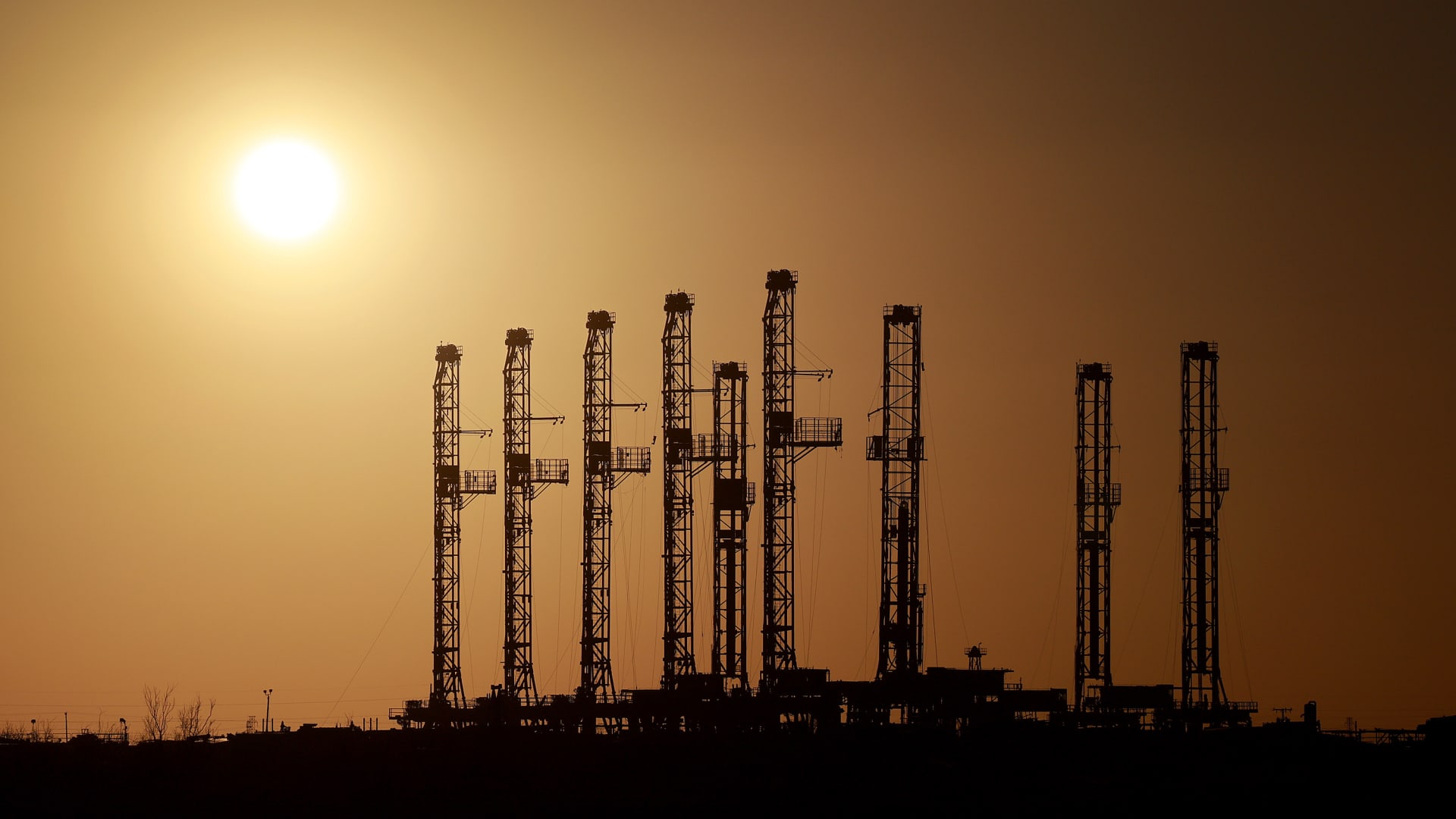While Tesla is currently best known for its electric cars, the company provides solar power systems to consumers as well. In fact, they do this at one of the lowest prices in the industry – currently about $2.01/watt before incentives. This week, Tesla quietly started offering a new incentive to those considering the purchase of a Tesla solar panel or solar roof system: $500 cash back.
To take advantage of this offer, you need a Tesla referral code or link – that same code you use to get free supercharging on a Tesla car purchase. Any current Tesla car owner or Tesla solar owner can provide you with the code or link – just ask them. If you need one, feel free to use mine:
Tesla Referral Link <– use this for a cash bonus on your Tesla solar purchase
If ordering by phone or chat, you can use Tesla referral code: christopher55570
Tesla offers solar power systems at some of the lowest prices in the industry. Photo courtesy of Tesla, 2021.
The referral code discount for solar is not new, but before last week, the incentive was just $100, so Tesla just increased that by five times. Current Tesla owners who refer new buyers to Tesla solar also get a $500 incentive, an increase from the previous $400 bounty. The $500 payment is sent to buyer and referrer after the solar power system has been successfully installed at the new customer’s residence.
As our own Johnna Crider wrote, Tesla Solar has been becoming more affordable. Tesla recently dropped the interest rate from 5.99% to 0.99% (10 year term) for those who prefer to finance their solar purchase. This saves customers thousands of dollars in interest over the term of the loan. And because it is a purchase, not a rental or lease, the customer is eligible for any state or federal incentives.
As for why Tesla Solar is so much cheaper than the competition, our editor Zach Shahan wrote about this recently after an exchange with Elon Musk over Twitter. As Elon explained, the cost of materials and installation is not super-high. The reason most competitors charge more is that they have the overhead of salespeople. Just as Tesla eliminated the need for car salespeople and dealerships by taking the ordering and buying process online, they’ve done the same for solar systems. Also, by providing a limited number of configurations (small, medium and large systems) the company has eliminated much of the manual effort involved in putting together a system.
When Tesla acquired Solar City’s solar business in 2016, some were skeptical about the deal, and some thought it made perfect sense. For Elon Musk, the acquisition was a no-brainer: if you’re trying to wean the world from its fossil fuel addiction, you can’t just fix the transportation sector by displacing gas-powered cars with electric ones, you have to address the consumer power market too. And so Tesla has been installing solar power systems, residential batteries and massive commercial battery power systems in an effort to eliminate fossil fuels as the primary source of electrical power.
Is there a catch to signing up for Tesla solar? Sort of. Musk believes that solar power systems are much less valuable without battery storage. So at this point, you cannot purchase a solar panel system or solar roof from Tesla without one or more of Tesla’s PowerWall batteries. And these batteries aren’t exactly cheap ($10,500 at publication time). The benefits or having battery storage in your solar system are huge: you can shift your power usage from peak levels to off-peak levels, reducing your impact on the grid and saving you money. You also have emergency back-up power in the result of a blackout or grid failure – something we’ve been seeing more frequently with super storms and the impact of climate change. But the fact remains that these batteries do increase the cost of a system, and this should be considered as you make your own choice about what type of solar power system to install at your own home.
Read more about the Tesla referral program or about Tesla solar.
Appreciate CleanTechnica’s originality? Consider becoming a CleanTechnica Member, Supporter, Technician, or Ambassador — or a patron on Patreon.

